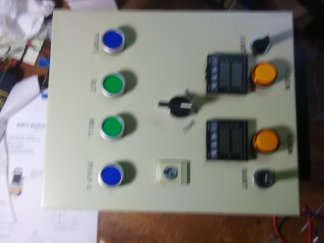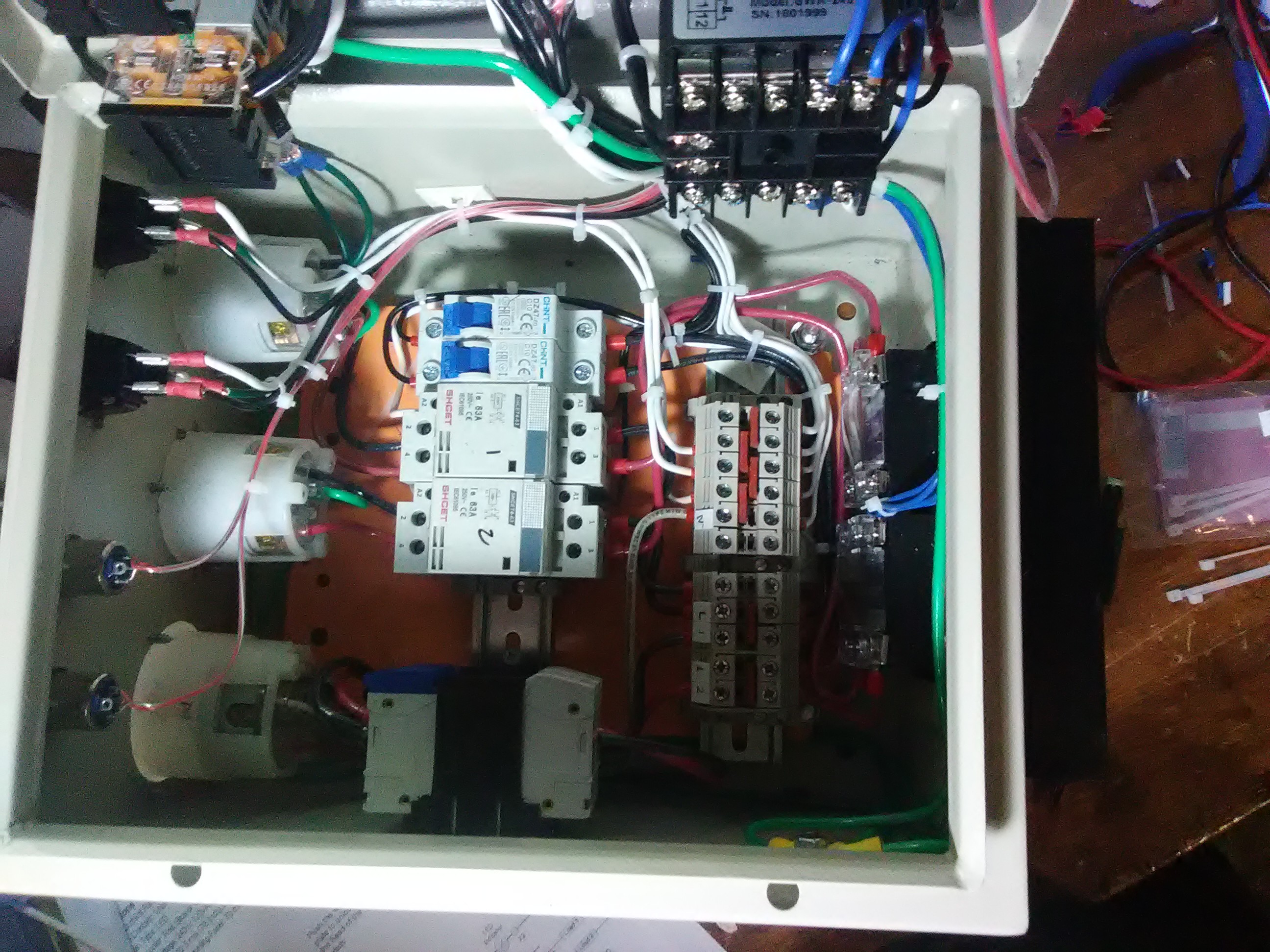I would like to install a float switch in my electric HLT so the water level won't go past my electric heating element. As we all know these elements need always to be under liquid because if ran dry while on causes the element to fail which can happen if not paying attention while sparging. This will be a HERMS system so I may be concerned with the HERMS coil being in the way along with the heating element being close to it.
Can you guys tell me of one that you may use that works good for you I would appreciate your help.
Can you guys tell me of one that you may use that works good for you I would appreciate your help.























































![Craft A Brew - Safale BE-256 Yeast - Fermentis - Belgian Ale Dry Yeast - For Belgian & Strong Ales - Ingredients for Home Brewing - Beer Making Supplies - [3 Pack]](https://m.media-amazon.com/images/I/51bcKEwQmWL._SL500_.jpg)




